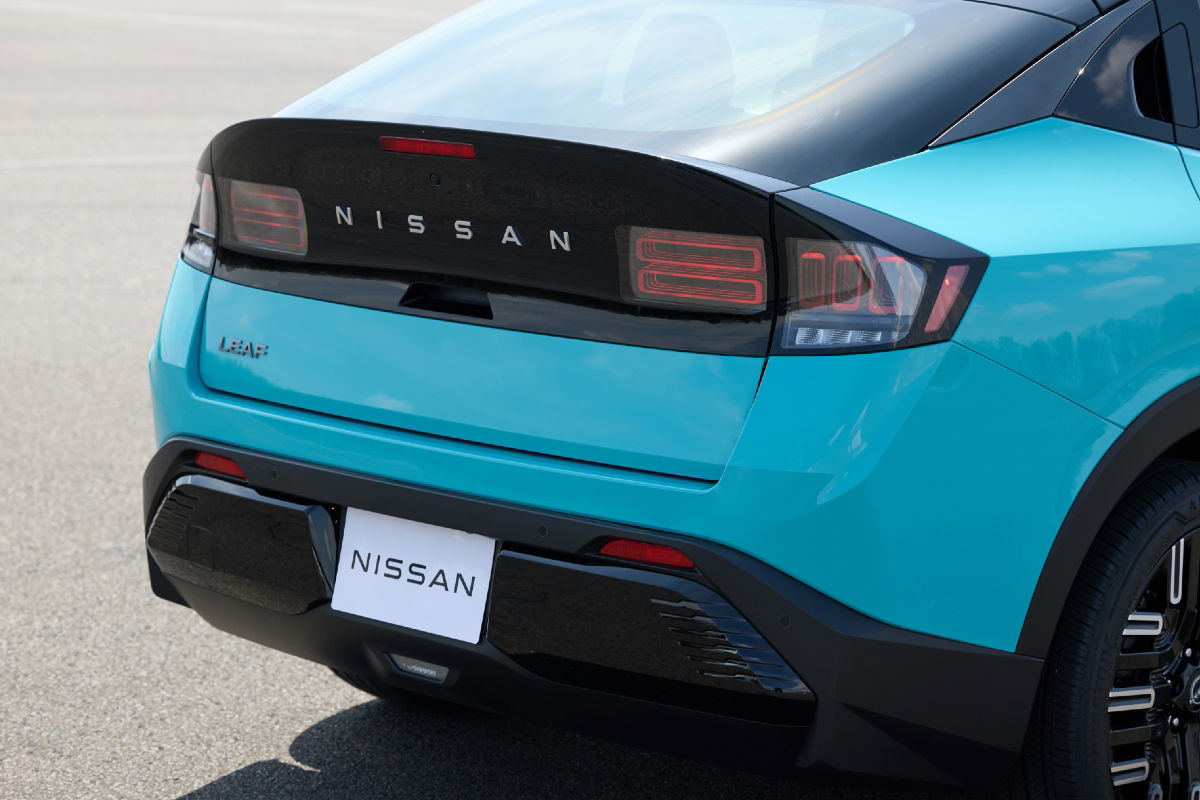
Having been an early trendsetter in the electric vehicle market, Nissan has spent the last few years watching its rivals zoom past it with better technology and cheaper pricing. But now it has struck back, revealing its all-new, third-generation Leaf with a bold look and updated technology.
READ MORE: The best cars of the 21st century
But there is a lot of pressure on this new model, as it arrives when Nissan is in deep financial trouble and cannot afford an expensive failure of what is meant to be its mainstream electric vehicle (EV).
Nissan President and CEO Ivan Espinosa said this new Leaf is a key part of its Re:Nissan plan to pull itself out of its current predicament and reestablish the brand as an EV leader.
READ MORE: Nissan could sell its house to say alive
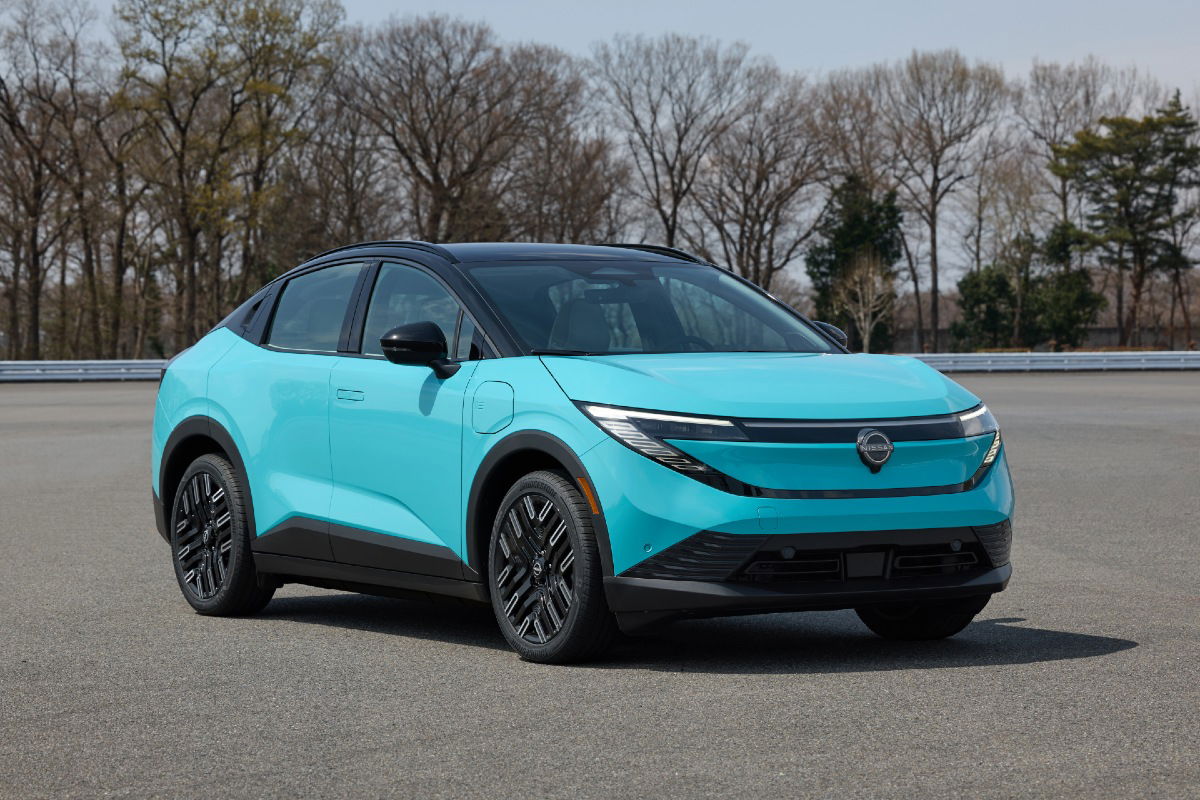
“The Nissan Leaf reflects our commitment to innovation and sustainability,” he said. “The original Leaf helped popularize electric vehicles, and this third generation invites consumers to embrace an EV lifestyle with a range of compelling features. It plays an important role in our Re:Nissan action plan, offering impressive performance, stylish design, and advanced technology.”
Gone is the conservative hatchback styling of its predecessors, instead the new Leaf features what the brand calls its “Timeless Japanese Futurism” design with a fastback body. This new look is highlighted by the “ni-san” geometric symbols that combine two vertical rectangles with three horizontal ones; a pattern that phonetically creates the company’s name.
The new shape isn’t just for style though, combined with new flush door handles that pop out (tech that wasn’t around when the first Leaf launched), an aerodynamically-tuned wheel design and a flat underbody, Nissan claims the new Leaf has a 0.26 drag coefficient.
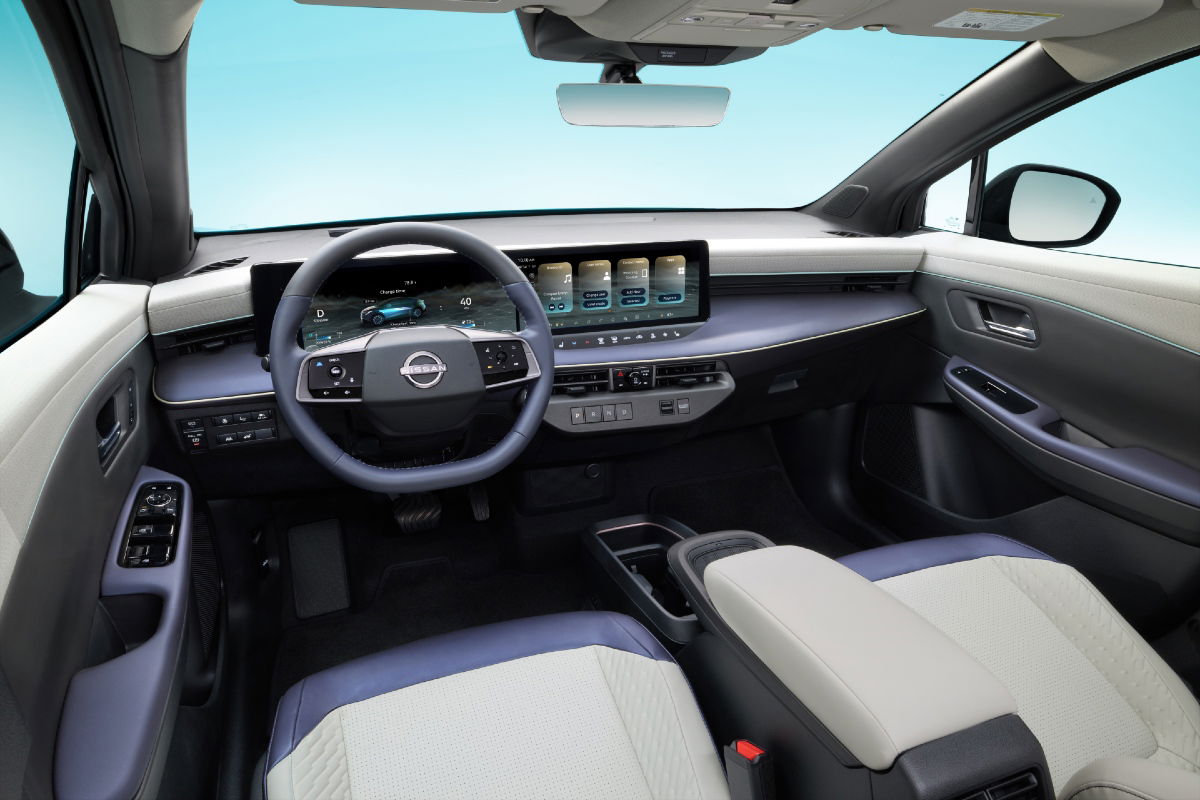
Inside, the new Leaf gets a modern update with the now, seemingly obligatory, pair of large screens mounted together into a “monolith-style” display. Depending on the model variant you choose the screens will either be 12.3-inches or a sizeable 14.3-inches. High-grade models will also be available with a Bose Personal Plus premium audio system too.
The important stuff though is underneath, and the new Leaf is powered by a new 3-in-1 powertrain with an integrated motor, inverter and reducer that is smaller than the old model and features better vibration dampening.
There are two battery packs to choose from, both using lithium-ion chemistry familiar to Nissan. The 52kWh option provides 130kW of power and 345Nm of torque, while the larger 75kWh unit bumps performance to 160kW/355Nm. For comparison, the old Leaf had a 40kWh battery that made 110kW/320Nm, while the Leaf+ with its 62kWh battery offered 160kW/340Nm.
Nissan claims the larger battery provides the new Leaf with up to 487km of driving range, but hasn’t revealed details for the smaller unit.
As for charging, the company claims it is faster now, taking “as little as 35 minutes” to go from 10-80 per cent capacity on a fast charger.
No specific details of the Leaf’s arrival in Australia have been revealed yet, but the brand has previously indicated it will arrive sometime between March 2026 and April ’27.



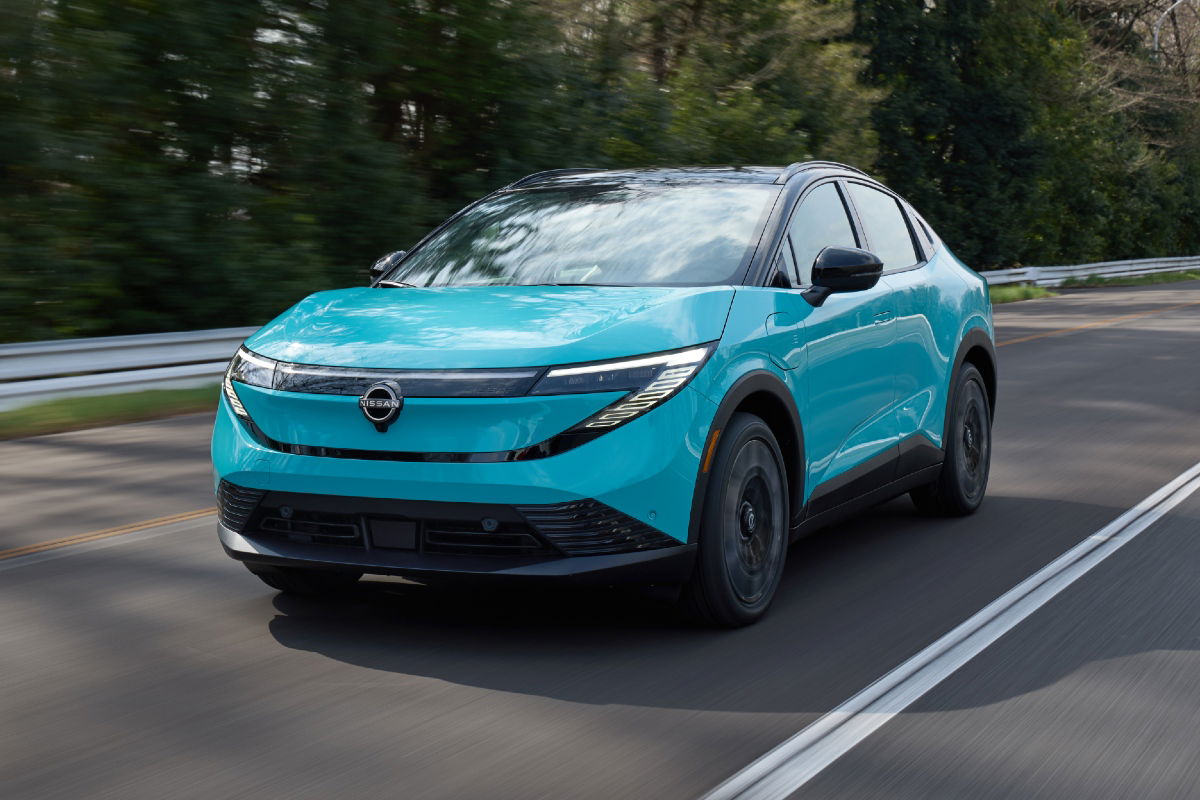
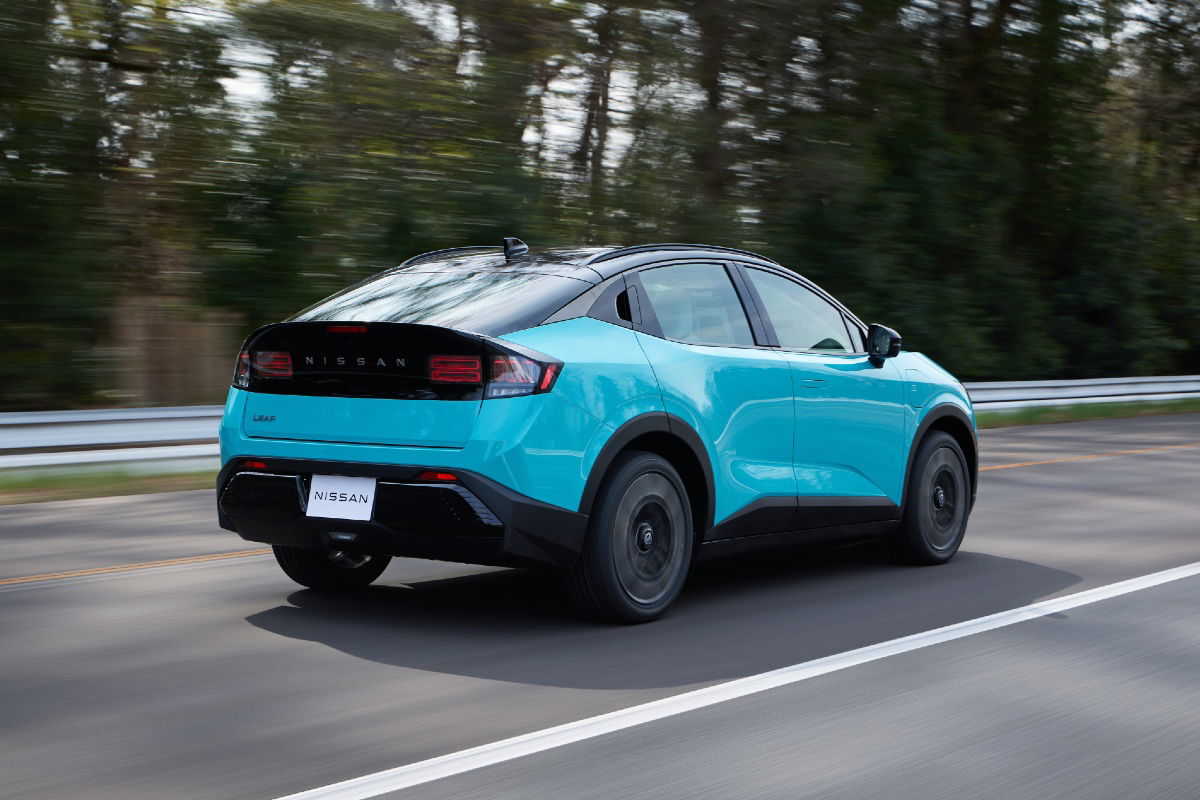








Discussion about this post